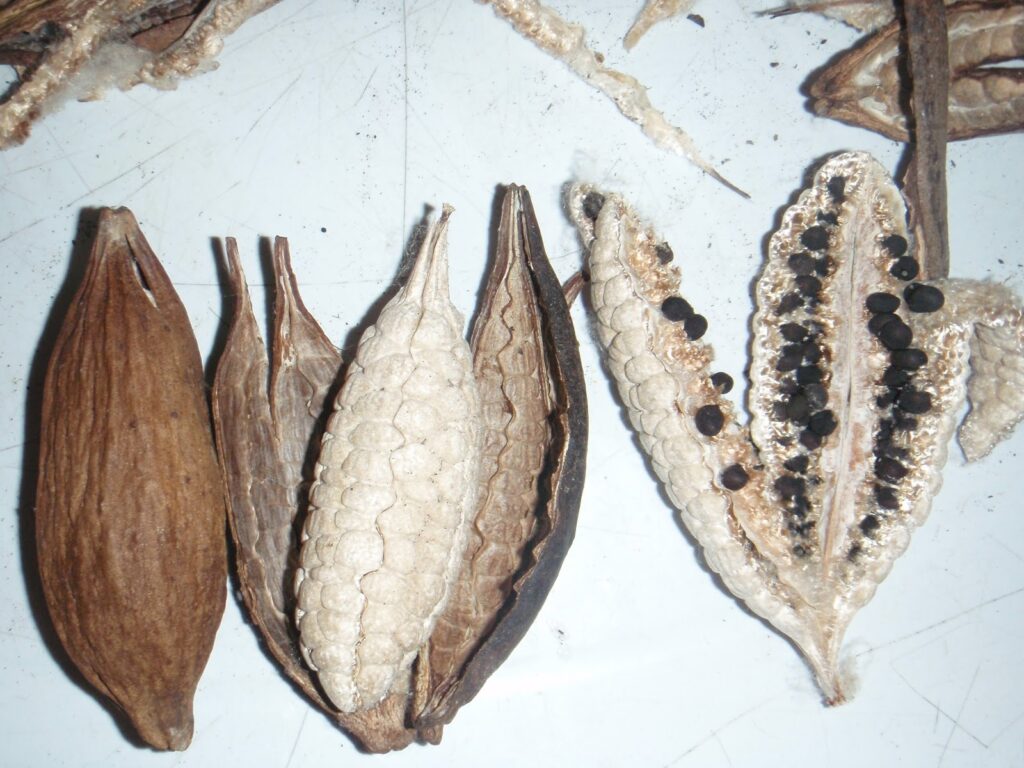As one of the very versatile plants, Kapok has vast uses. The most common one is the Kapok fiber as the filling or stuffing, but how about the seed? It is not a surprise anymore that the kapok fibre manufacturers also create a byproduct made of its seed. It can be the kapok oil, kapok soap, or kapok meal seed. But how is the process? here is your answer.
The Process Of Utilizing Kapok Seed Into Kapok Oil, Soap, Or Meal Seed

The Underutilized Stages
In the first stage, the kapok is underutilized since it just after the separating process with its fiber. The raw materials, tend to be left just as it is and end up in junk. The underutilized stages mostly unprocessed and used, then eventually disposed of. This situation happens due to the lack of information regarding the utilization and extraction process.
Extraction Process
When the manufacturer or the owner of the kapok knows how valuable the seeds are, they might use the extraction method. Worth noting that kapok seed contains about 25 to 40 percent oil. If you consider the whole 200 seeds in each pod, there will be enough oil to make a whole soap. It is especially true if you count how much the seed waste made of 100 kg of cotton bundles.
The number can reach up to 26 kg of wastes. When it is processed using several ways, the extracted oil and its dried seed are also valuable. In this case, kapok fibre manufacturers can use the pressing method or by using solvent extraction. The second option is very not recommended, since the extraction will have some dangerous chemical substance in it.
Degumming Process

After the pressing method, the brownish-yellow natural plant-based oil will be available. In this stage, it is just crude oil, which means it has to go in some other manner before it ready to use. The first is the degumming process or the first of the purification step, where the sap or mucus will be separated.
In the degumming process, the main aim is to release the mucus that consists of unused assets. Those contents are residue, phosphatide, water, gossypol, and resin. The purification process will be done in such a way without reducing the amount of free fatty acids that reside inside the oil.
Neutralization, blanching, and filtration
After the gum separation, the neutralization process will heat the seed oil. The process will need constant stirring above a 50 to 60-degree Celsius oil. When it is done, the bleaching process will help to remove any gossypol and dyestuffs in it. After that, the last method will be filtration using a filter to remove the remaining debris and kapok seed.
As a byproduct of kapok, there are many manufacturers and distributor that doesn’t know about the utilization. Most of the time, the underutilized seed will be thrown out and disposed of. However, when the oil is extracted, it can turn into valuable items, such as seed oil, kapok seed meal, to soap. If you are looking for a distributor or more information, check out kapokfibersuppliers.com.
